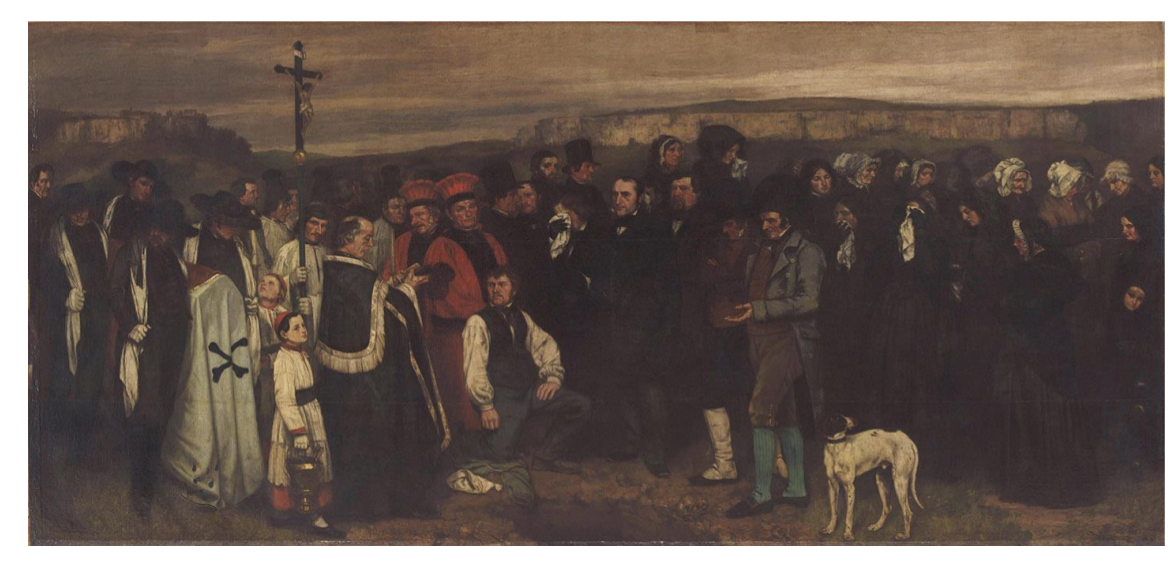art history final exam fall 2025
1/24
There's no tags or description
Looks like no tags are added yet.
Name | Mastery | Learn | Test | Matching | Spaced |
|---|
No study sessions yet.
25 Terms
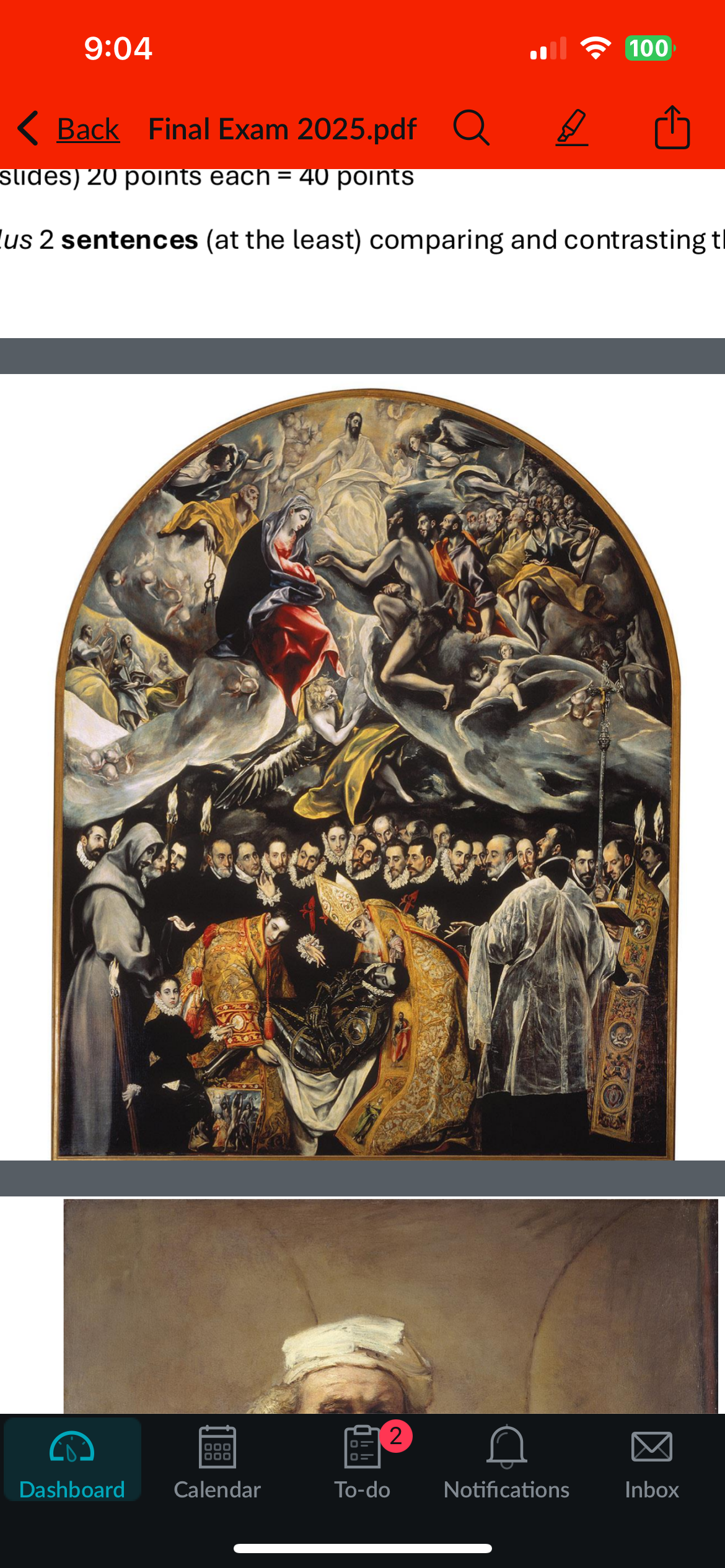
The Burial of the Count of Orgaz
El Greco
1586
Oil on canvas
15 ft. 9 in. × 11 ft. 9¾ in
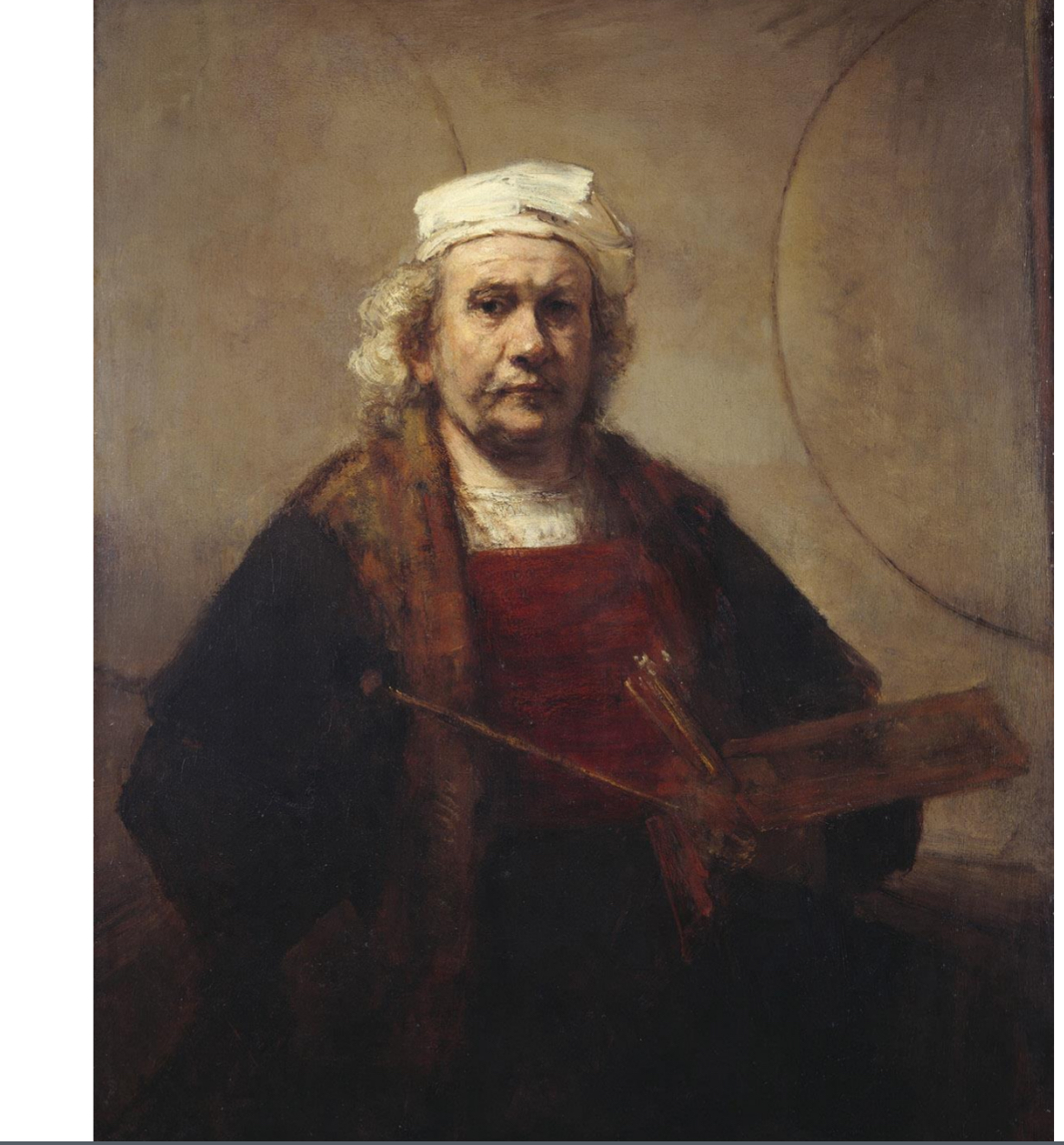
Self-Portrait with Two Circles
Rembrandt van Rijn
1655– 59.
Oil on canvas
44⅞ × 37 in
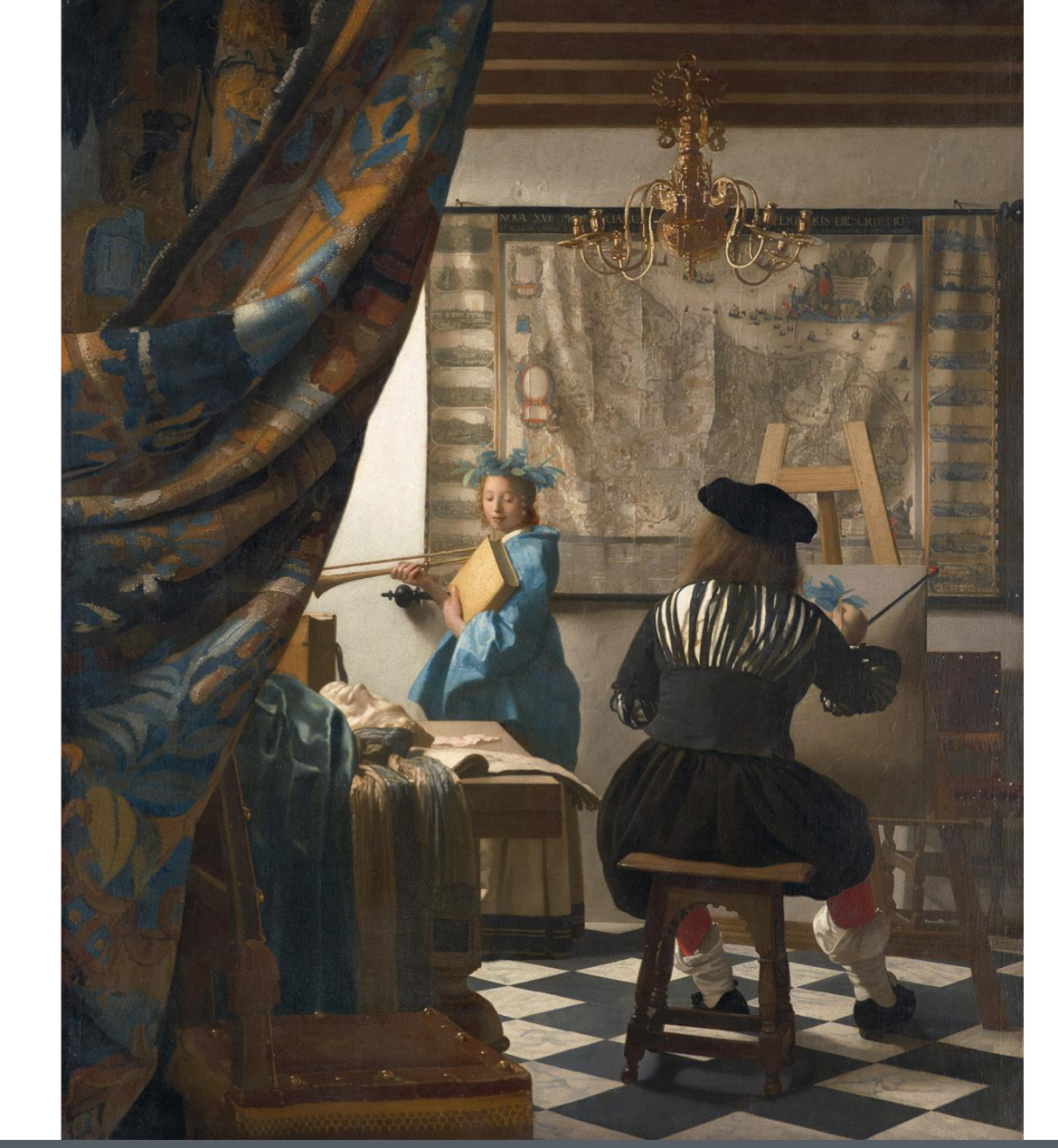
The Art of Painting
Johannes Vermeer
1666–68.
Oil on canvas,
47¼ × 39⅜ in
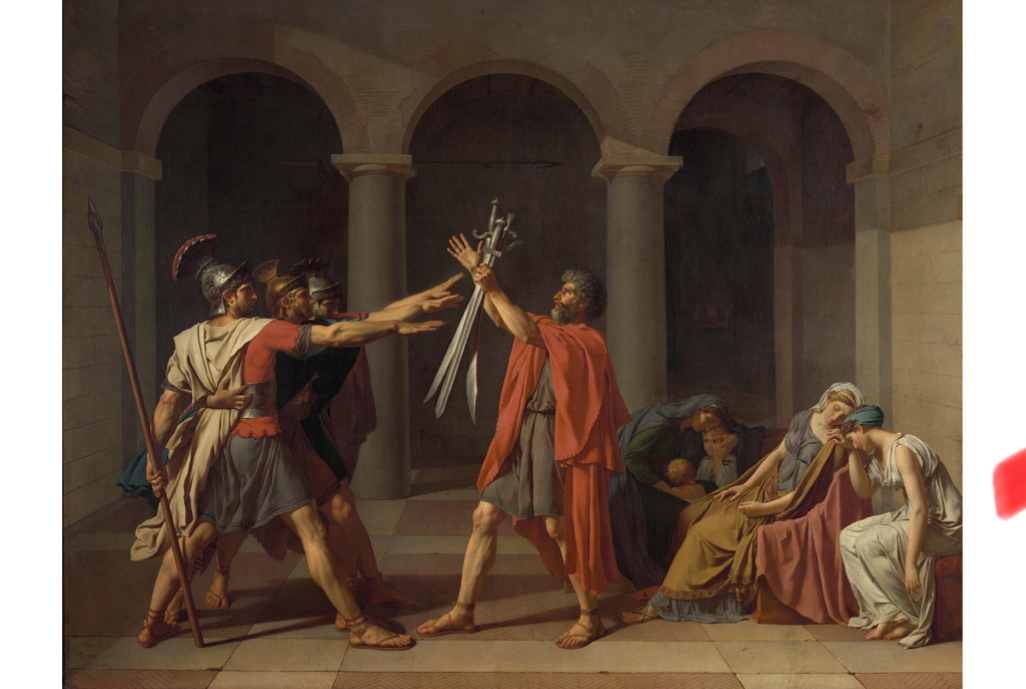
The Oath of the Horatii
Jacques-Louis David
1784
Oil on canvas
10 ft. 10 in. × 13 ft. 11¼ in.
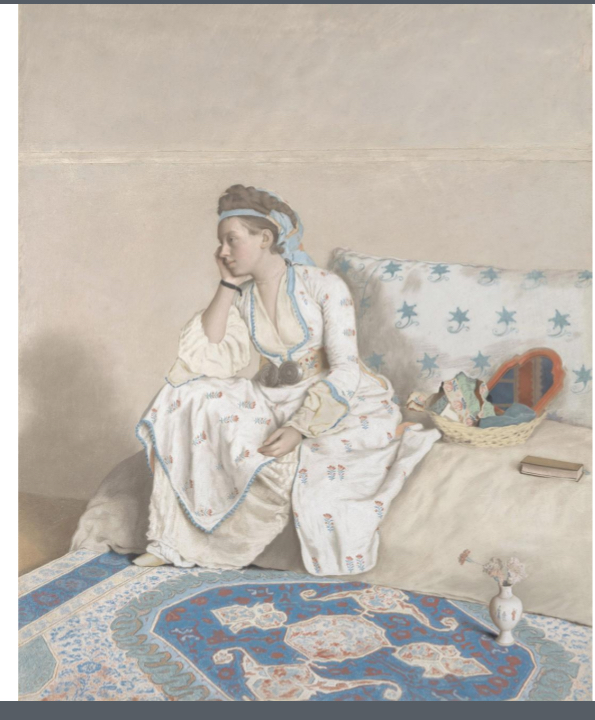
Marie Fargues, Wife of the Artist, in Levantine Costume
Jean-Étienne Liotard
1756–58
Pastel on vellum
40⅞ × 31½ in.
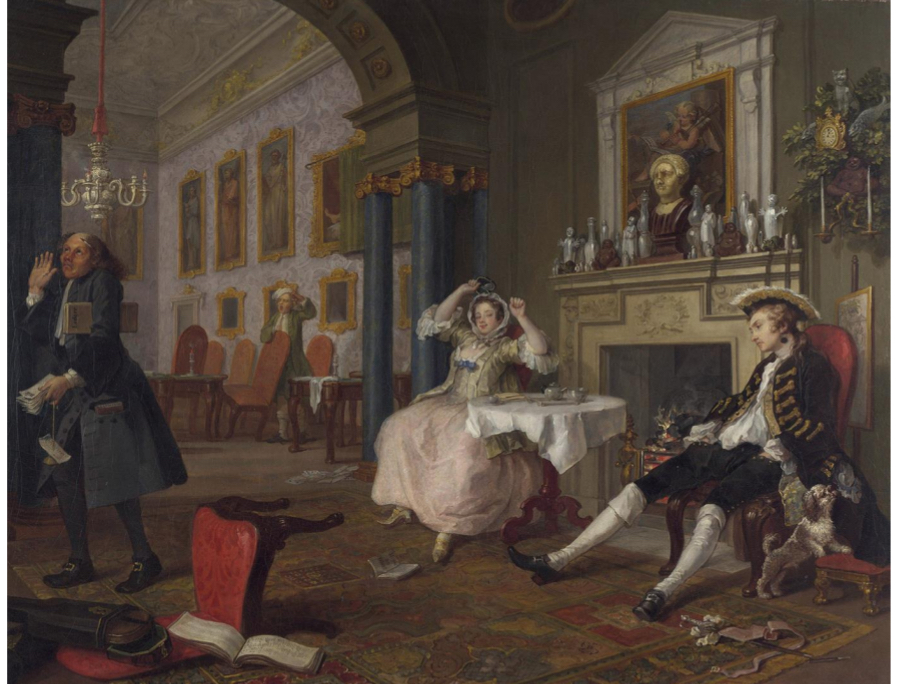
“The Tête à Tête,” from Marriage A-LaMode, c.
William Hogarth
1743.
Oil on canvas
27½ × 35¾ in
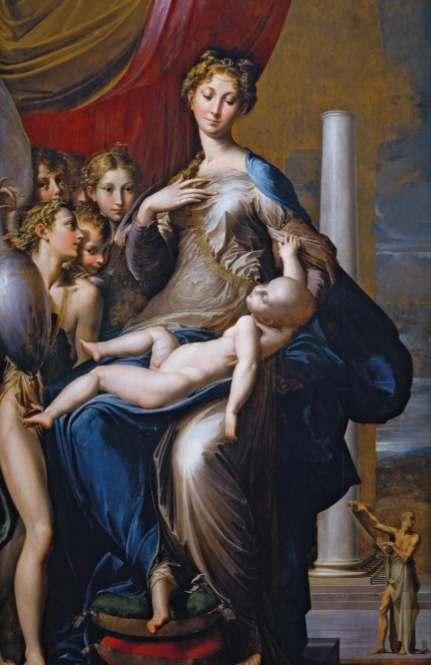
Madonna of the Long Neck
Parmigianino
1534
Oil on panel
7 ft. 1 in. × 52 in
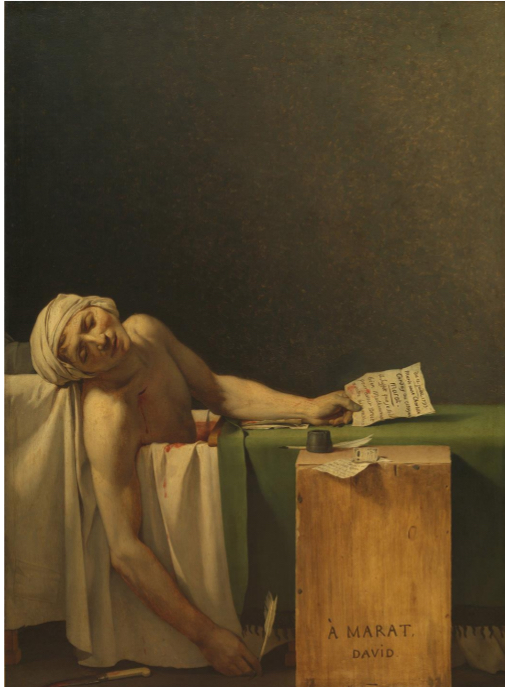
The Death of Marat
Jacques-Louis David
1793.
Oil on canvas
5 ft. 5 in. × 50⅜ in
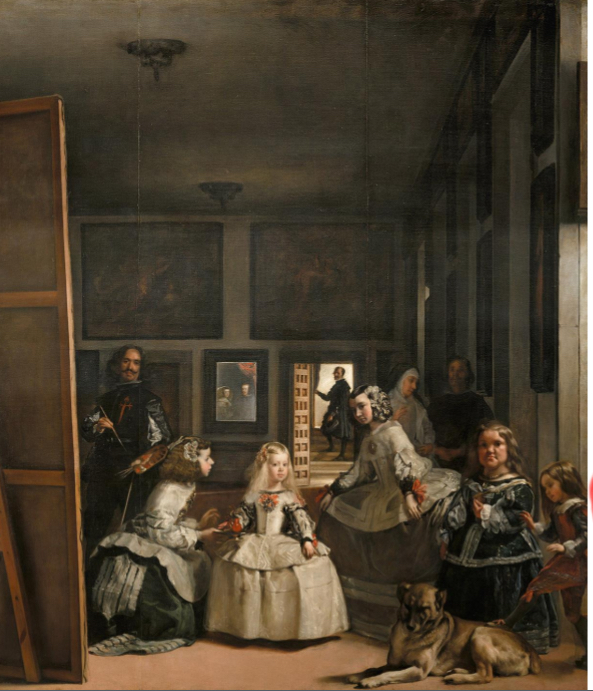
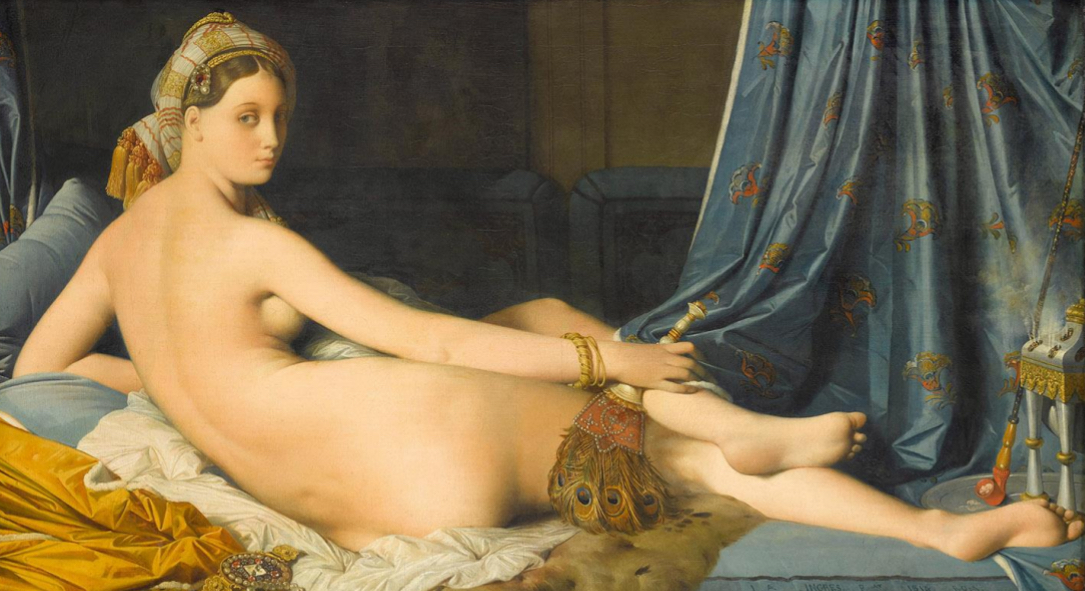
Jean-AugusteDominique Ingres, La Grande Odalisque
1814
Oil on canvas
36 in. × 5 ft. 3 in.
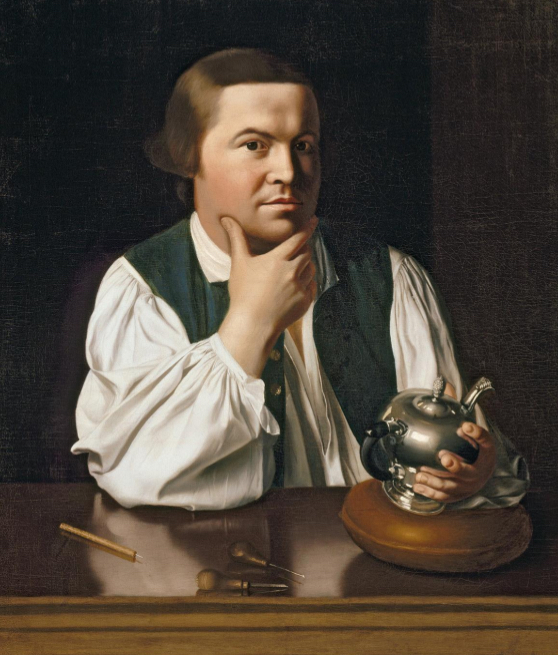
Paul Revere
John Singleton Copley
1768.
Oil on canvas
35⅛ × 28½ in.


The Ambassadors
Hans Holbein the Younger
1533
Oil on panel
6 ft. 9 in. × 6 ft. 10 in.
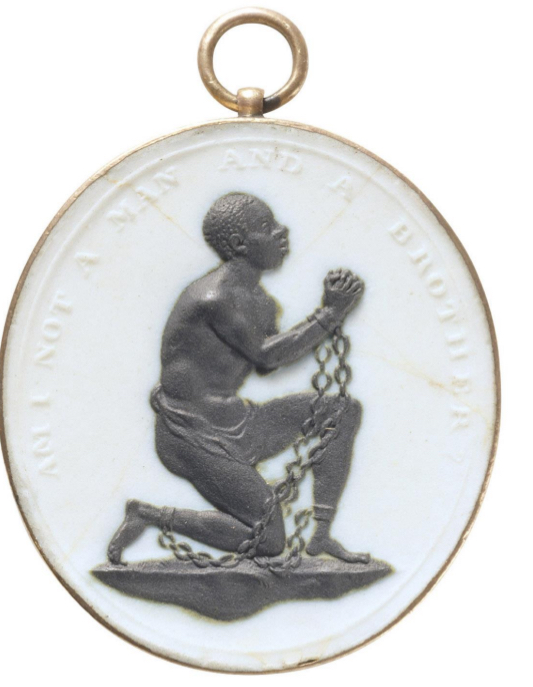
Am I Not a Man and a Brother?
William Hackwood (modeler) for Wedgwood
1787
White jasper, black basalt, and gilt metal
1¼ in. high

The Stonebreakers,
Gustave Courbet
1849– 50
Oil on canvas
5 ft. 5 in. × 8 ft. 5 in
Formerly Gemäldegalerie, Dresden, Germany (destroyed in the bombing of Dresden, 1945)
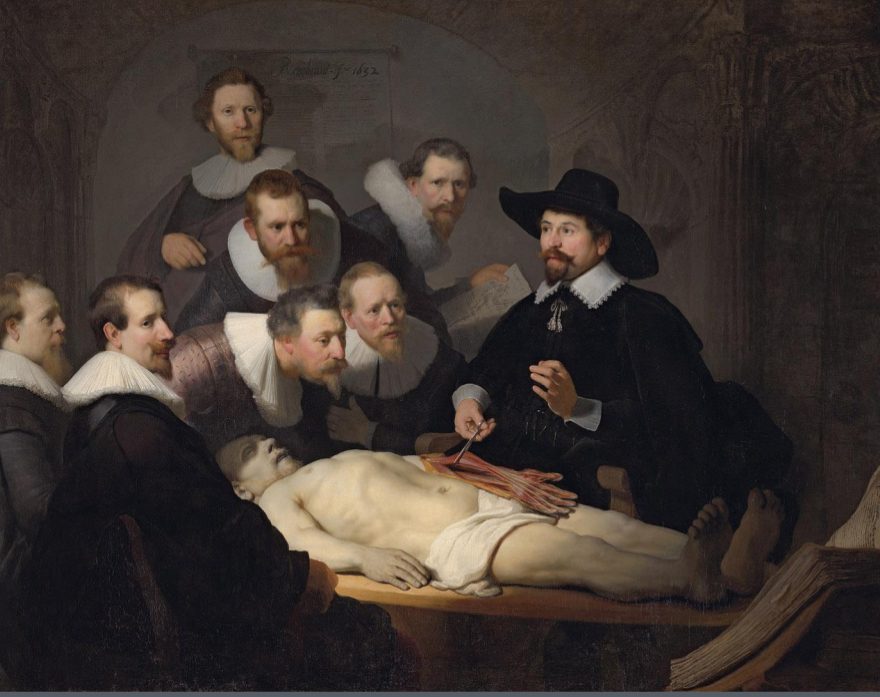
The Anatomy Lesson of Dr. Nicolaes Tulp
Rembrandt
1632
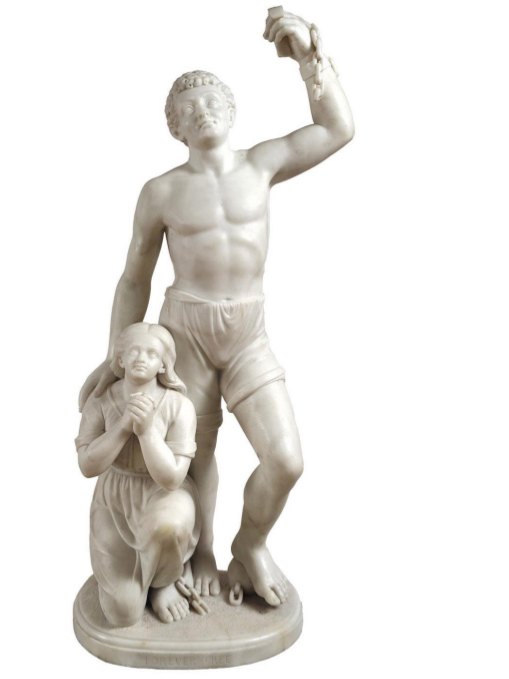
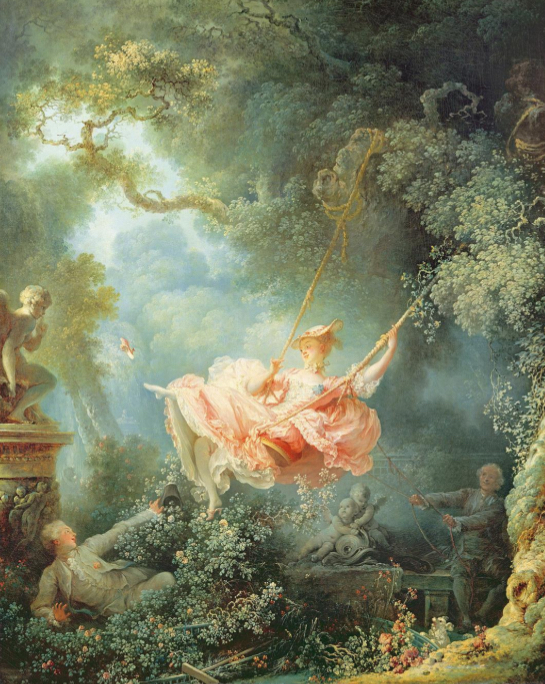
The Happy Hazards of the Swing
Jean-Honoré Fragonard
1767. Oil on canvas
31¾ × 25¼ in
Enlightenment
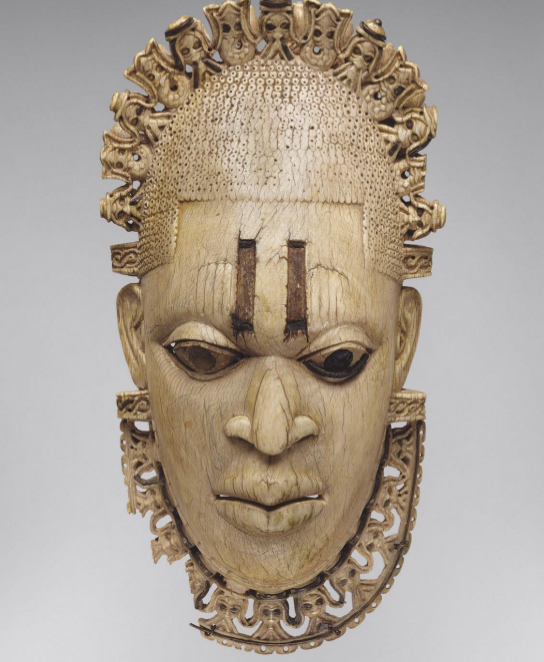
Pendant portraying Queen Idia
the Iyoba, kingdom of Benin, sixteenth century
Ivory, iron, copper
height 9⅜ in
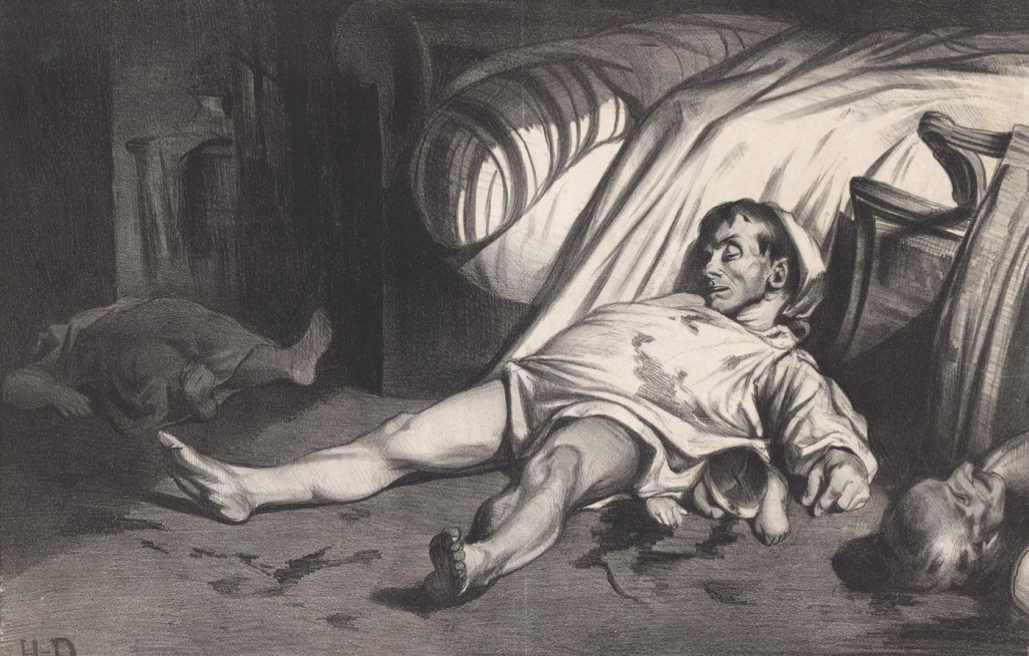
Rue Transnonain on April 15, 1834
Honoré Daumier
1834
Lithograph, sheet: 13⅜ × 19 in
image: 11¼ × 17⅜ in
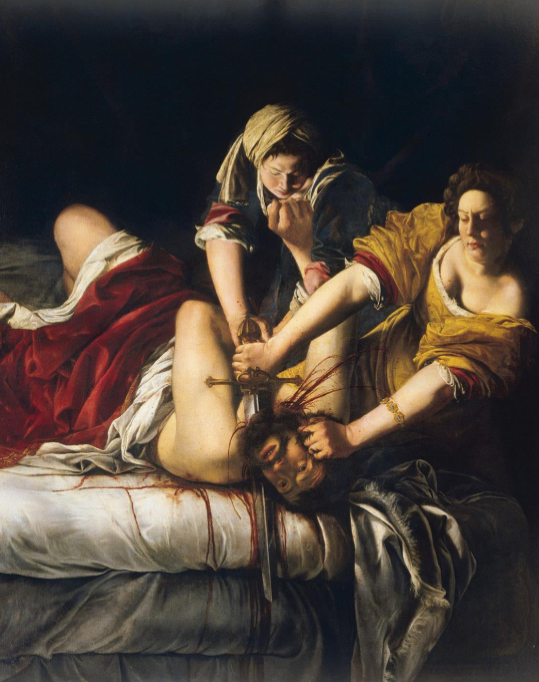

The Calling of St Matthew
Michelangelo Merisi da Caravaggio
1599–1600
Oil on canvas
10 ft. 6 in. × 10 ft. 9 in
Considered Baroque naturalism, based on a dark, dramatic, and vividly realistic treatment of his subjects
represents the moment in which Jesus calls Matthew, at that time a tax collector named Levi, to follow him.
The scene is one of spiritual conversion, the moment in which a lost soul is called to Christ
the strong diagonal line created by the light flooding in from an unseen window, is directed at the bearded man
A strong contrast of dark and light, known as tenebrism, adds a sense of drama to the image.
Caravaggio enjoyed visual ambiguity, which allowed the viewer to interpret the work subjectively
Levi sits among a group of opulently dressed but spiritually bankrupt men gathered around a table counting their riches, while Christ and his brawny companion, Peter, are barefoot and dressed as humble travelers.
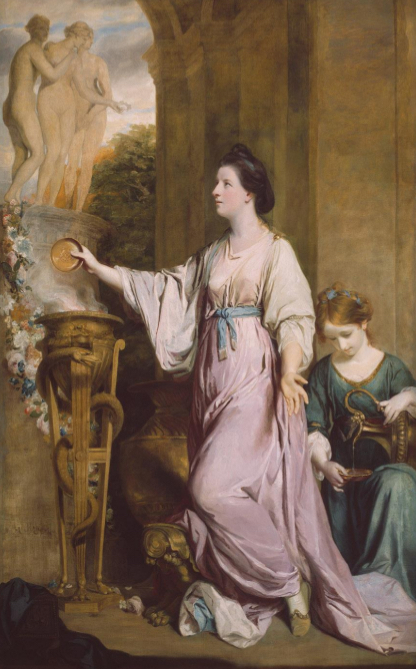
Lady Sarah Bunbury Sacrificing to the Graces
Joshua Reynolds
1763–65
Oil on canvas
7 ft. 11½ in. × 59¾ in.
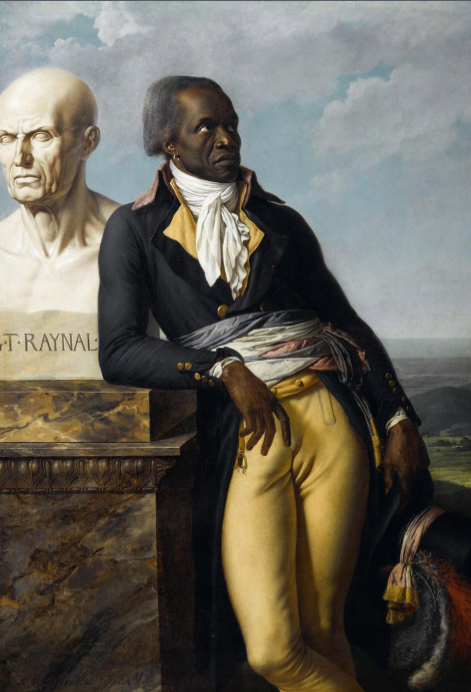
Portrait of Citizen Belley, ExRepresentative of the Colonies
Anne-Louis Girodet
1796–97
Oil on canvas
5 ft. 2½ in. × 43¾ in.
